Table of Contents:
Blockchain Literacy in Universities: A Growing Necessity
Blockchain technology has evolved from its origins as the backbone of cryptocurrencies like Bitcoin to a transformative force across multiple industries, including finance, healthcare, real estate, shipping, and education. As its adoption widens, the demand for professionals skilled in blockchain is rapidly increasing. According to Outlook India, this surge in demand has exposed a significant gap between the number of blockchain-literate graduates and the needs of the industry. Most university programs currently offer blockchain as an optional course, if at all, leaving many graduates underprepared for modern job roles.
Blockchain operates as a digital ledger, storing transactions securely, transparently, and in a decentralized manner. Each transaction, or "block," references the next, forming a "chain" that is nearly impossible to alter without consensus from the entire network. This makes blockchain a highly secure and transparent method for managing data and transactions. Its applications now extend to supply chain management, medical record security, and even voting systems, with banks and government agencies exploring its potential to reduce paperwork, increase efficiency, and cut costs.
- Bridging the Skills Gap: Mandatory blockchain education could address the shortage of qualified professionals.
- Fostering Digital Awareness: Learning about blockchain encourages critical thinking about data privacy, security, and innovation.
- Promoting Interdisciplinary Learning: Blockchain's relevance spans law, finance, logistics, and public administration.
- Encouraging Entrepreneurship: Knowledge of blockchain can inspire students to create startups or develop decentralized applications (dApps).
- Dispelling Myths: Academic instruction can help students distinguish between hype and reality in the cryptocurrency space.
However, implementing mandatory blockchain education faces challenges. Few universities have faculty with blockchain expertise, and the technology evolves rapidly, requiring constant curriculum updates. Additionally, making any subject compulsory raises questions about academic freedom and relevance for all students.
A balanced approach is suggested: integrating basic blockchain literacy into general digital education, similar to computer or financial literacy, while offering specialized electives for those interested in deeper study. Collaboration with industry for guest lectures, internships, and workshops can further enhance real-world exposure.
| Key Points | Details |
|---|---|
| Industry Demand | Fastest-growing job category; significant skills gap |
| Current University Offerings | Mostly optional or absent |
| Recommended Approach | Mandatory basic literacy, specialized electives, industry collaboration |
Summary: As blockchain becomes integral to the digital landscape, universities are urged to make blockchain literacy a core part of education to prepare a future-ready workforce. (Source: Outlook India)
How to Contribute to Open Source Blockchain Projects
Open-source blockchain projects are at the heart of the technology's expansion into sectors like healthcare, finance, logistics, and government. According to Outlook India, contributing to these projects not only helps individuals learn about blockchain but also supports a global movement built on collaboration, transparency, and innovation. Major projects such as Ethereum, Bitcoin, Hyperledger, Solana, and Polkadot are all open-source, allowing anyone to view, use, and contribute to their codebases.
Understanding the basics of blockchain—such as nodes, consensus algorithms, smart contracts, and transaction validation—is recommended before contributing. Practical experience, like setting up a crypto wallet or experimenting with decentralized applications (dApps), is also valuable. The most common platform for finding open-source blockchain projects is GitHub, where active repositories often label beginner-friendly issues as "good first issue" or "help wanted."
- Non-Coding Contributions:
- Improving documentation, user manuals, tutorials, FAQs, and translations
- Reporting and testing bugs, providing steps to reproduce issues
- Supporting community forums, Discord, or Telegram groups
- Designing user interfaces, icons, or websites
- Outreach through blog posts, YouTube explainers, or workshops
- Coding Contributions:
- Fork the repository on GitHub
- Clone it locally and review the code
- Choose an issue to work on, preferably labeled for beginners
- Make and test changes
- Submit a pull request with explanations
- Accept feedback and collaborate with maintainers
"By helping with open-source blockchain projects, you're not only learning a new technology — you're joining a global movement that's founded on collaboration, transparency, and innovation." (Outlook India)
Effective communication and respect for project guidelines are essential, as most open-source contributors volunteer their time. Benefits of contributing include hands-on learning, portfolio development, networking, and potential career opportunities in the Web3 ecosystem.
| Contribution Type | Examples |
|---|---|
| Non-Technical | Documentation, bug reporting, community support, design, outreach |
| Technical | Code contributions, feature development, bug fixes |
Summary: Open-source blockchain projects offer opportunities for both technical and non-technical contributors to learn, collaborate, and shape the future of decentralized technology. (Source: Outlook India)
Sources:















